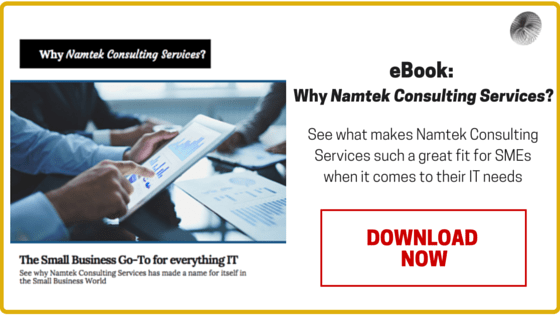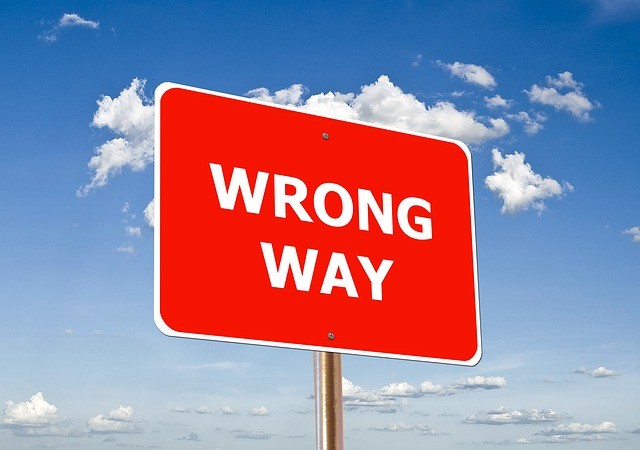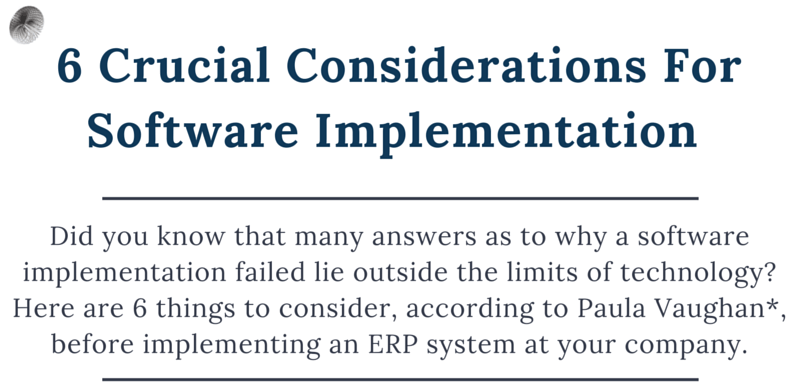Ease of Use, Support, Price or Functionality: What’s more important when choosing your Management Software Solution
Last Updated on December 13, 2022 by Tatyana Vandich
What’s the most important aspect when choosing a new Software Solution
Choosing a new, upgraded ERP Management System for your company can be a long process – usually lasting about 12 to 15 months, depending on the size of the company. Most top-level managers dread this process, which is one of the many reasons they tend to stick with their out-dated systems for so long. This process can take numerous months because of the many stages involved;
- Defining the needs of the organization and of each department; managers are trying to understand what they need to get out of this new software system
- Defining specifications and determining the funding; how will the new system improve the business’ bottom line?
- Selecting the Software Vendor
Of course, not all employees have a say in these decisions. Typically, management chooses key members to be a part of the Software Buying Committee (perhaps a manager from each department; IT, Finance, Operations, Project Management, Business Development, etc.). Each of these members will then have an input according to their own requirements, experiences and opinions. The Finance team will be more focused on the bottom line and pricing/costs of the software system. The IT department will be looking at the technical specs, performance and functionalities of the system as well as implementation requirements. Operations and Project Management will be concerned with the functionalities of the system but also with the ease of use of the software and support offered by the Vendor.
So, in the end, what’s the deciding factor?
The answer is simple: there isn’t a SINGLE deciding factor. As much as many executives base it all on price, this is the worst way to go about it. We’ve seen companies go with a well-known Vendor with high investment costs, but receive no support and get stuck with a system that isn’t flexible or a good fit for their business. We’ve also seen companies choose an inexpensive solution that turned out to be lacking many functions and features, no support and found out only later that there were additional unexpected costs during implementation that really raised the price.
Therefore, sometimes price isn’t always the answer. It really is a combination of all the factors involved in this buying process; price, the system’s ease of use, vendor support, functionalities and more.
Here’s a list of further factors to consider:
- Needs/Requirements; does the system meet the company’s needs and requirements?
- Speed; is the system quick to load?
- Security; is data security important to the Vendor?
- Licensing; how is the system licensed?
- Integrations; is the solution flexible enough to be integrated with other systems?
During your search, you will most likely find some companies with great prices but poor support and minimal functions. Or others with high prices but amazing licensing options, support and services, functionalities and meets most of your business requirements.
Of course, it all depends on what your needs are and what your budget is. In my opinion, it’s extremely important to ensure your new system has a good balance of all of these factors; good price, available and attentive user support, great licensing options, high security, and the system is easy to use, flexible and packed with tons of functions and features.











